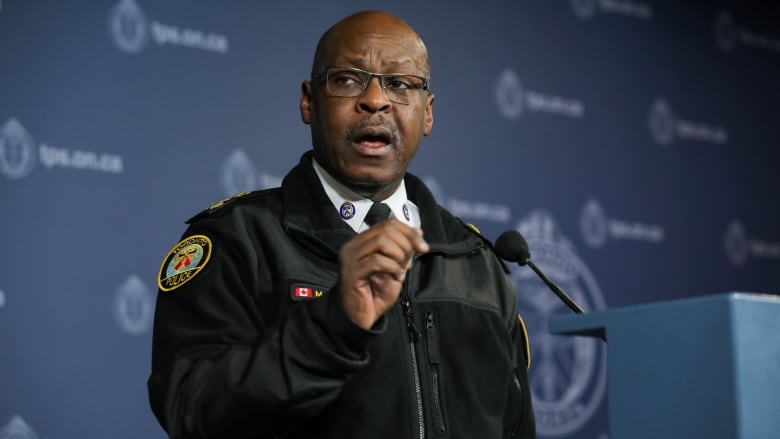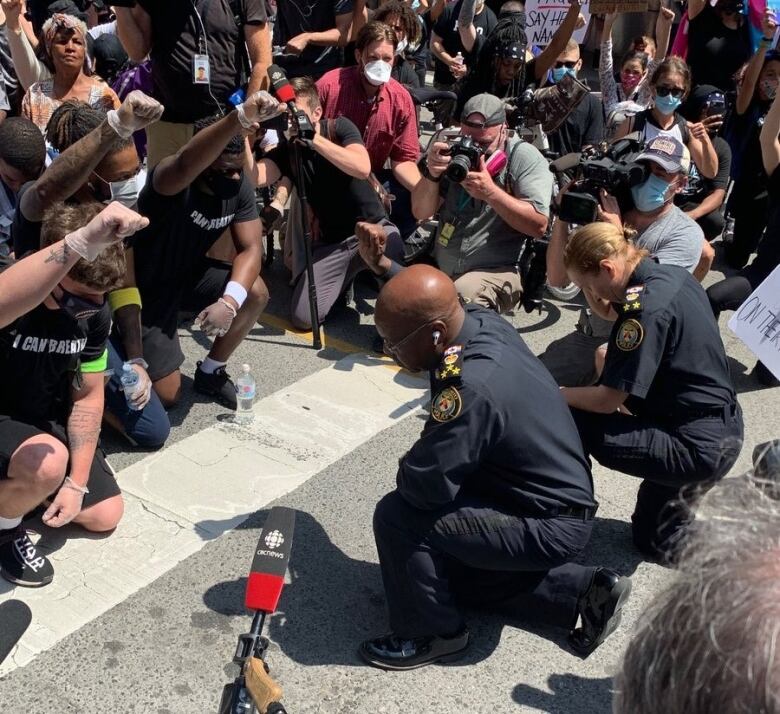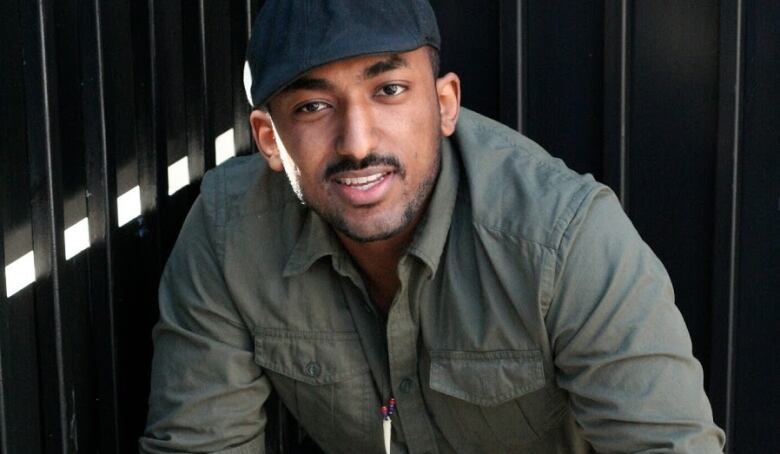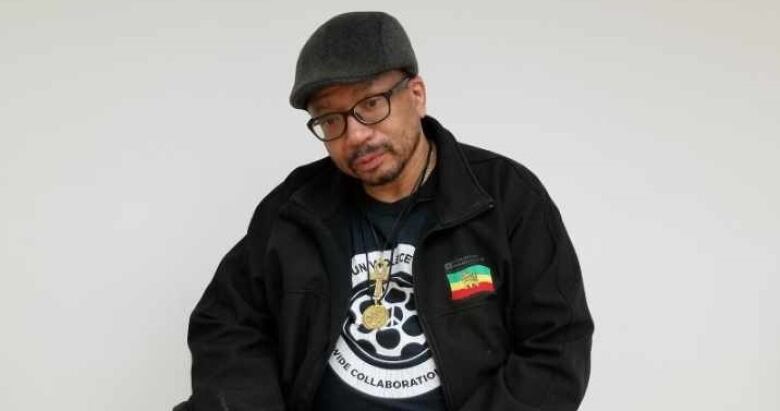Why Black community leaders are split on the record of Chief Mark Saunders
Saunders drew criticism over carding, budgets, controversial cases involving minorities

When Mark Saunders became the first Black personto take the reigns of the Toronto Police Service back in 2015, there was hopethat his appointment wasn't just a symbolic gesture especially in a Black communitythat has long had a tense and distrustfulrelationship with law enforcement.
Nowthat he'sannounced his resignation, not longaftertaking a knee along with protesters rallying against anti-Black racism in Toronto, community leaders are split on whether he's delivered symbolism orsubstance.
When hefirst took the job, Saunderstold reporters, "Being Black is fantastic. It doesn't give me super powers." For some, thatmay have been a signal of how his time at the helm of the police service would go.
"He was a Black face in a high place that represented absolutely no change at all,"Sam Tecle, an assistant professor in Black studies at the University of Toronto, told CBC News.
Tecle, who also works with Success Beyond Limits, a community organization in the Jane and Finch area, saysthere's still a lot of distrust between marginalized communities and police more than five years after Saunders's appointment.
'Weak stances or no stances'
"[Saunders has] very often held weak stances or no stances on some of the issues that involve communities likeJane and Finch," said Tecle.
Saunders inherited a range ofcontroversial issues, including the rising cost of policing, reflected in a budget that topped $1-billion under his command, promptingcalls in recent days to "defund the police" here in Toronto, as well as elsewhere.

And then there was carding, where police stop people who arenot suspected of a crime and take down their personal information. It's beenshown to disproportionately affect Black people especially young Black men, which is why the province issued rules restricting the practice in January 2017.
Tecle points to Saunders defending carding when he first took the job.
"When we do it right, it enhances public safety," the chieftold CBC's Metro Morning in 2015.
Controversial cases

Teclealso points to several controversial cases duringSaunders's tenure that further eroded the Black community's confidence in police, including the shooting death of Andrew Loku,whichprompted Black Lives Matter Toronto to protest in front of police headquarters and city hall.
Saunders also faced questions about why Toronto police waited four months before notifying the province's Special Investigations Units about Dafonte Miller, who lost an eye in a violent clash with an off-duty Toronto police officer and his brother
"He was very much maintaining ... if not more deeply entrenching the role and presence of policing in our community," said Tecle.
'Other power brokers'

Louis March, founder of Zero Gun Violence Movement, a community organization working to end gun violence in the city, admits there was "great anticipation" Saunders would understand the "cultural sensitivities of our community" and perhaps incorporate that into policing strategies.
However, he acknowledges other factorsthat kept the chief's hands tied.
"There are other stakeholders, other power brokers," he said. "He has to take on the police culture entrenched in many ways ... in anti-Black racism, in terms of the over-policing of communities where young, Black people live."
That sentiment is echoed by Farley Flex, co-founder of Urban Rez Solutions, an organization that works with government, communities and other bodies to create social change.
"If the infrastructure is bigger and more ominous than the leader and the autonomy the leader has, that's going to be a struggle," he said.
While he saysthe chief is accountable to the community, Flexadds that"the solving of [the problems] in one tenure it's a lot of mindsets that have to change."
It's a lot of mindsets that have to change.- Farley Flex
March credits Saunders for rolling out a neighbourhood officer program that would see police engaging with community groups and organizations. He applauds officers being posted in the same neighbourhood for four years to get to know the community better.
That program was part of the recommendations coming out of the so-called Transformational Task Force plan that sought to modernize the police service. Saunders received criticism from his own officers and the police union in attempting to cut down on costs while reinforcing community connections.
While critics like Tecle also acknowledge Saunders was working within an institution that involved city council and the police services board, among others, that are "structured to maintain the status quo no matter who sits in that position," he also saysSaunders had little desire or willingness to be more vocal about the struggles of the Black community.
Perhaps now that he won't be donning the badge for the first time in 37 years, Saunders might be able to do more.
When he announcedhis resignation, Saunders said his work isn't finished, especially in a city wherethe number of firearm-related incidents has risen during his tenure, with 492 shootings in2019, a record, and 284 peoplekilled or injured, many of them Black men and youths.
Advocates have long called for better social and economic support to help address the inequities and injustices that lead to violent crime in at-risk neighbourhoods, and Saunders alluded to that during his announcement
"I see a lot of young Black boys getting killed by young Black boys. Law enforcement deals with those symptoms and I want to help the cure for the disease."












_(720p).jpg)


 OFFICIAL HD MUSIC VIDEO.jpg)
.jpg)



























































































